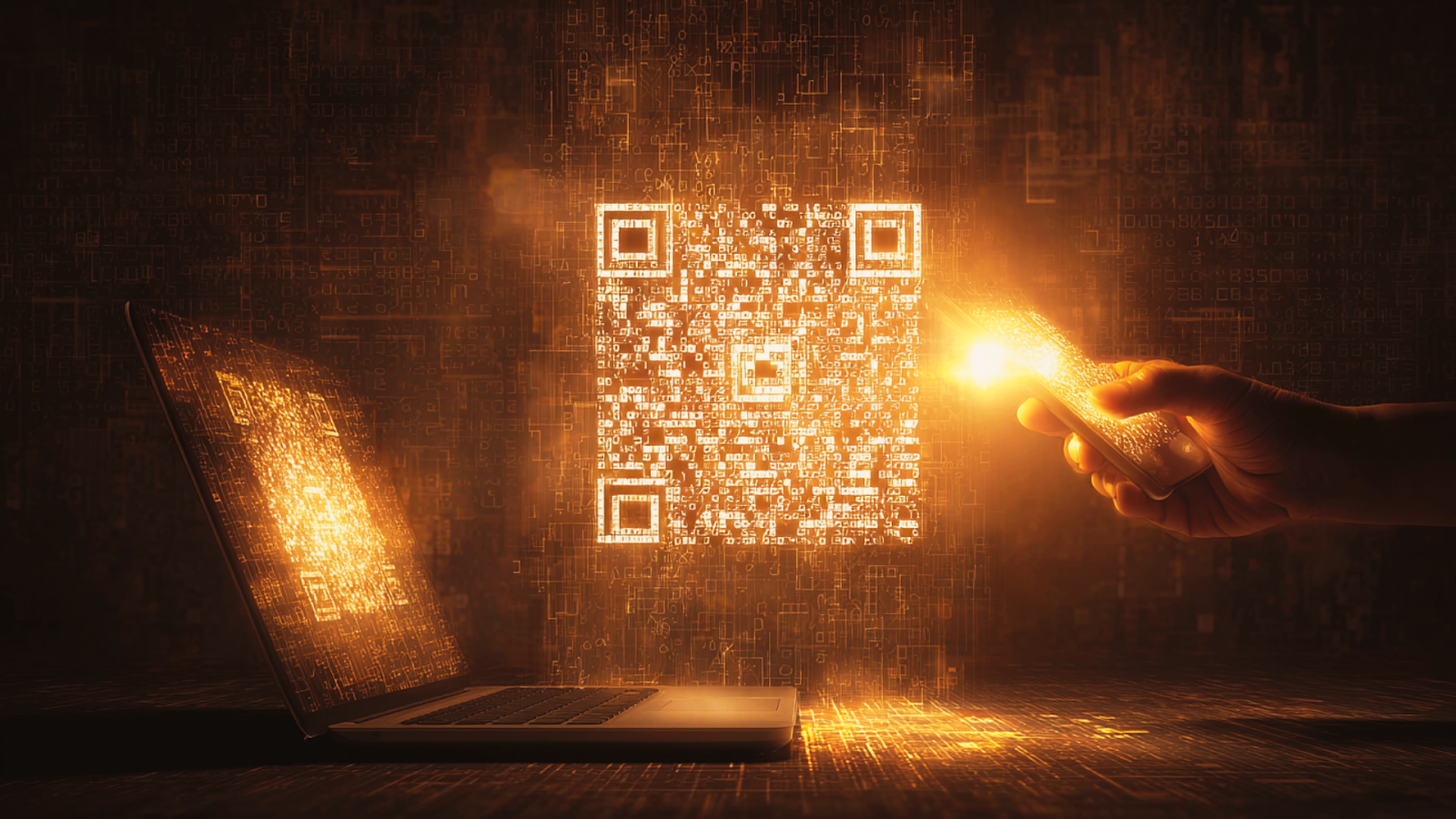
A man sits down to execute one of the largest financial transactions in history, a move worth billions. He is not in a high-tech trading room, flanked by a phalanx of security experts. He is alone, with a brand-new, $300 laptop he just bought from Target. This is the unlikely setting where Vitalik Buterin, the slender, soft-spoken, genius co-founder of Ethereum, prepared to erase a fortune he never asked for and did not want.
When the anonymous creator of the Shiba Inu sent half of the coin’s supply to his public wallet, Buterin was saddled with a multi-billion-dollar technical problem. He resolved to destroy the vast majority of it.
But the question was not one of “if,” but of “how.” How does a single person securely handle and then verifiably incinerate a fortune that exists only as data, all while the digital world watches, and hackers potentially lurk?
The answer, it turned out, was a master class in operational security, blending spy-movie tactics with the mundane reality of consumer electronics. Buterin later described the experience as “scary and fun at the same time,” a high-wire act with no safety net.
The first line of defense was the private key itself — the secret password that grants access to a crypto wallet. This wasn’t a simple phrase stored in a password manager. Buterin had engineered a far more robust, low-tech system to protect the digital funds.
The key was split into two separate, mathematically linked numbers. Each was written on a physical piece of paper.
One piece he kept with him. The other was stored thousands of miles away, safeguarded by his family in Canada. Neither half was sufficient on its own, rendering a simple theft of one paper useless.
To begin the process, Buterin had to bridge the analog and digital worlds over a simple phone call. “I had to call up my family in Canada, tell them to read their number to me,” he recalled in a podcast interview.
Only by having his family member verbally relay their half of the key could he combine the two numbers on his end, finally reconstituting the full, incredibly powerful password. This homespun, geographically distributed method ensured that no single point of compromise—a robbery, a targeted hack, a fire—could jeopardize the funds.

With the complete private key now known to him, the next and most critical challenge was to use it without ever exposing it to the internet. This is where the $300 laptop from Target came into play.
Buterin’s strategy was to create a perfectly sterile, “air-gapped” environment. An air-gapped computer is one that is physically isolated from all unsecured networks, most importantly the public internet.
It is a digital cleanroom, hermetically sealed from the outside world.
Before disconnecting the new laptop for good, he downloaded a single, simple program capable of generating a QR code. Then, he severed its connection permanently.
On this isolated machine, completely safe from malware or remote snooping, he could finally work with the reassembled private key. He carefully constructed the transaction that would send the 410 trillion Shiba Inu tokens to a “black hole” address—a digital furnace from which nothing can ever be retrieved.
The final, climactic step was to move the signed transaction from the secure offline laptop to the live Ethereum network so it could be executed. This involved a careful, multi-step sequence that Buterin called a “very kind of technically scary and involved procedure.”
The program on the air-gapped laptop displayed the fully signed, ready-to-go transaction not as text, but as a QR code—a square, scannable barcode on the laptop’s screen.
This visual data transfer was the bridge across the air gap.
Buterin then took out his phone, a device that was connected to the internet. He used its camera to scan the QR code from the isolated laptop’s screen. With that simple scan, the signed transaction jumped from the secure offline world to the insecure online one, without ever exposing the private key that created it.

The data, now on his phone, was copied to his main, internet-connected computer. From there, he used a feature on the blockchain explorer Etherscan called “Push Tx” to broadcast the raw, signed transaction directly to the Ethereum network. (45:48) The nodes took it from there, and within moments, nearly $7 billion in tokens were permanently erased from existence.
The elaborate process was a stark illustration of the intense security measures required when dealing with irreversible, bearer assets like cryptocurrency. Unlike a bank, there is no one to call for a do-over. The responsibility rests entirely, and heavily, on the user. Buterin’s burn was more than a click of a button. It was a physical, deliberate, and painstakingly careful process.
It leaves a lingering question for an industry obsessed with digital perfection. In a system designed to be “trustless,” Buterin’s solution relied on the oldest forms of security: a family member on the phone, a physical piece of paper, and the empty space between two machines. It suggests that for all its futuristic promise, the ultimate safeguard for our digital world may still be found in the simplest of analog measures.